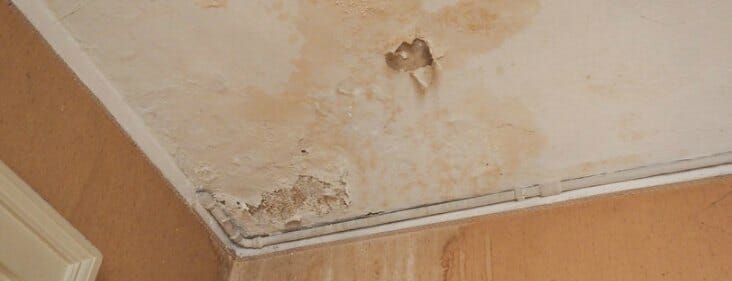Understanding the Six Most Common Water Leak Sources in Your Home
Understanding the Six Most Common Water Leak Sources in Your Home
Blog Article
How do you actually feel in regards to How to detect water leaks in your home?

Leakages not only cause waste of water but can also trigger unneeded damage to your home and advertise undesirable natural growth. By looking and understanding for everyday situations that create leakages, you can secure your home from future leaks and unneeded damages.
Immediate temperature changes.
Severe temperature adjustments in our pipes can create them to increase and also acquire suddenly. This expansion as well as contraction may trigger fractures in the pipes, especially if the temperature level are below freezing.
Corroded water supply
This may be the reason of staining or warping on your water pipes. If our plumbing system is old, consider changing the pipes because they are at a higher risk of rust than the more recent models.
Faulty Pipe Joints
The factor at which your pipelines connect is frequently the weakest link in the waterline. Pipe joints can degrade gradually, causing water leaks. However, most of pipeline joints are not quickly visible. If you have noisy pipes that make ticking or banging sounds, specifically when the warm water is turned on, your pipeline joints are possibly under a great deal of stress. It is recommended to have your plumber evaluate your system yearly.
Intruding roots
A lot of water leakages start outside your house rather than inside it. If you observe an abrupt reduction in water pressure, say in your tap, take time to go out and examine your backyard. You may observe wet patches or sinkholes in your backyard, and that may indicate that tree roots are invading water lines triggering water to leak out. You can have your plumber check for intrusion, specifically if you have trees or hedges near your residential property.
Poor Water Connectors
At times, a leak can be created by loose pipes and pipes that provide your appliances. In situation of a water links leak, you might notice water running directly from the supply line or puddles around your devices.
Blocked Drains
Obstructed drains may be irritating as well as inconveniencing, but they can sometimes end up creating an overflow leading to rupture pipelines. Maintain removing any type of materials that might drop your drains that might obstruct them to stay clear of such hassles.
All the above are sources of leakages yet not all water leakages result from plumbing leaks; some leaks may originate from roof leakages. All leaks need to be repaired immediately to prevent water damages.
Leaks not just trigger waste of water however can also trigger unnecessary damages to your residence and also advertise undesirable natural growth. By recognizing and looking for daily scenarios that create leakages, you can secure your residence from future leaks and unneeded damages. Today, we will look at 6 leakage causes that may be creating your pipes to leak.
At times, a leak can be created by loosened tubes and pipes that supply your appliances. In case of a water connections leak, you may see water running straight from the supply line or pools around your devices.
How To Check For Water Leak In Your Home
How To Check for Leaks
The average household's leaks can account for nearly 10,000 gallons of water wasted every year and ten percent of homes have leaks that waste 90 gallons or more per day. Common types of leaks found in the home are worn toilet flappers, dripping faucets, and other leaking valves. These types of leaks are often easy to fix, requiring only a few tools and hardware that can pay for themselves in water savings. Fixing easily corrected household water leaks can save homeowners about 10 percent on their water bills.
To check for leaks in your home, you first need to determine whether you're wasting water and then identify the source of the leak. Here are some tips for finding leaks:
Take a look at your water usage during a colder month, such as January or February. If a family of four exceeds 12,000 gallons per month, there are serious leaks.
Check your water meter before and after a two-hour period when no water is being used. If the meter changes at all, you probably have a leak.
Identify toilet leaks by placing a drop of food coloring in the toilet tank. If any color shows up in the bowl after 10 minutes, you have a leak. (Be sure to flush immediately after the experiment to avoid staining the tank.)
Examine faucet gaskets and pipe fittings for any water on the outside of the pipe to check for surface leaks.
Undetected water leaks can happen without the home or business owner even realizing. If you suspect a water leak, but not able to find the source. It is time to contact a professional water leak detection service, The Leak Doctor.
How To Find a Water Leak In Your Home
https://www.leakdoctor.com/blog/How-To-Check-For-Water-Leak-In-Your-Home_AE197.html

Hopefully you liked our part about Most Common Causes of Leaky Pipes. Thanks so much for spending some time to read through our article. Feel free to take a moment to distribute this blog if you appreciated it. Thank you for taking the time to read it.
Visit My Site Report this page